Where Are All The Black and White Video Games?
Examining the use of monochrome palettes in game design
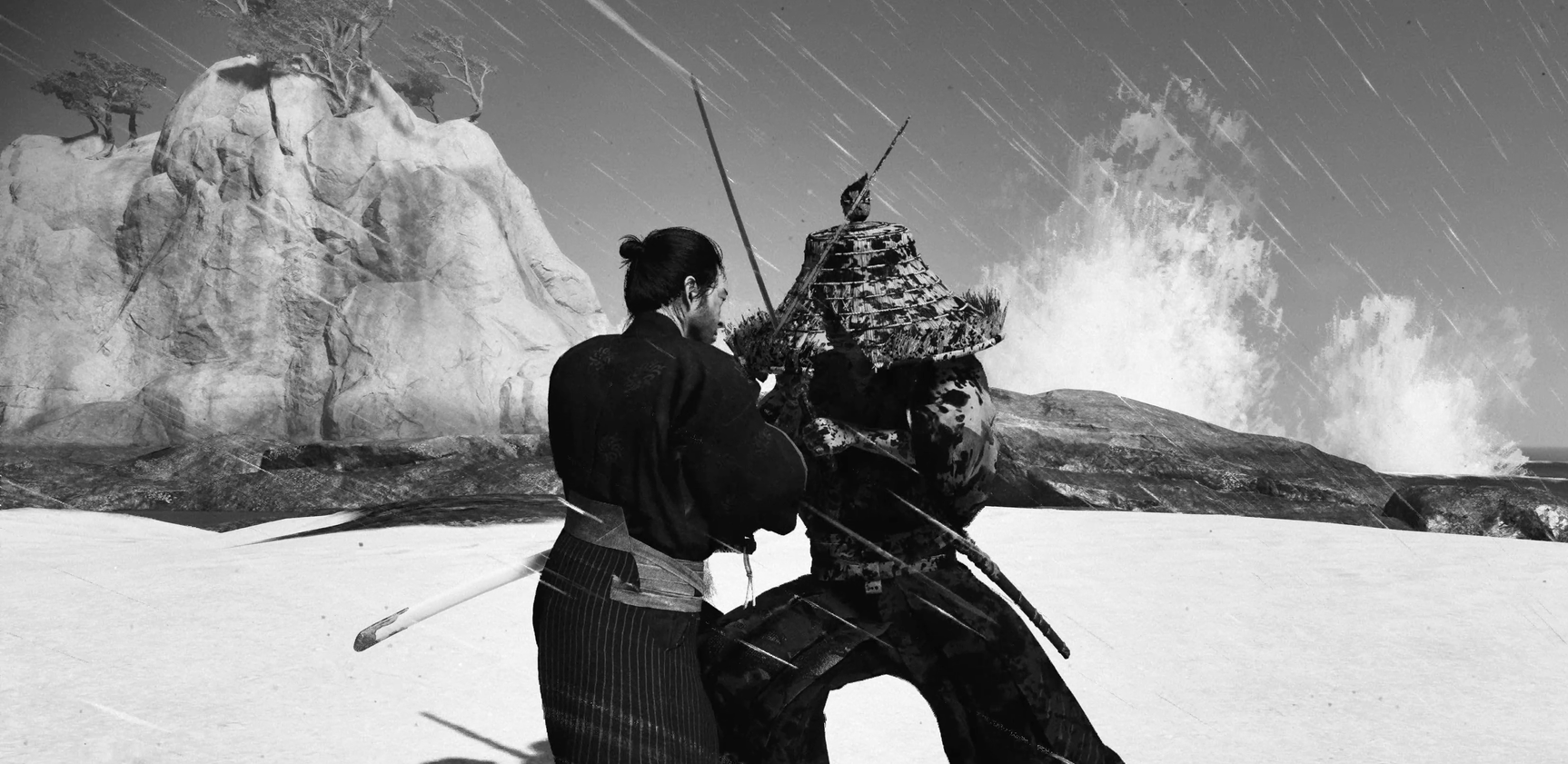
"Life is in color, but black and white is more realistic."
The State of Things (1982)
With the long overdue PC version of Ghost of Tsushima coming soon, I was reminded of its unique Kurosawa mode, where the entire game is covered in a black-and-white film-grain filter. Funnily enough, this coincides with another recent Japanese release that has a black-and-white tint all over it. Godzilla Minus One/Minus Color is a separate version of the Oscar-winning 2023 film released in monochrome last January.
What do these two properties have in common?
Is black and white used just as an excuse to call back to the golden age of cinema, the samurai films of Akira Kurosawa, or the first-ever Godzilla? Is it a gimmick or is there another use for this decidedly minimalistic appearance in modern media?
Monochrome in movies
From the dawn of cinema until the late 1950s, color was mostly absent in films due to costly technical limitations. But the same could not be said for video games. Becoming widespread long after the shift to technicolor for the silver screen, it didn't take long for video games to have more shades than just the two, and it has been the convention ever since. Even classics that started a long-running franchise, such as the first Super Mario Bros. or its predecessor, the Donkey Kong arcade machine, had always been in color. Few games today are in black-and-white, perhaps because of this very reason. For cinema, there are still modern films shot in grayscale or edited as such in post-production, either as a stylistic reason or a throwback to an earlier era. For video games, the equivalent is quite different.
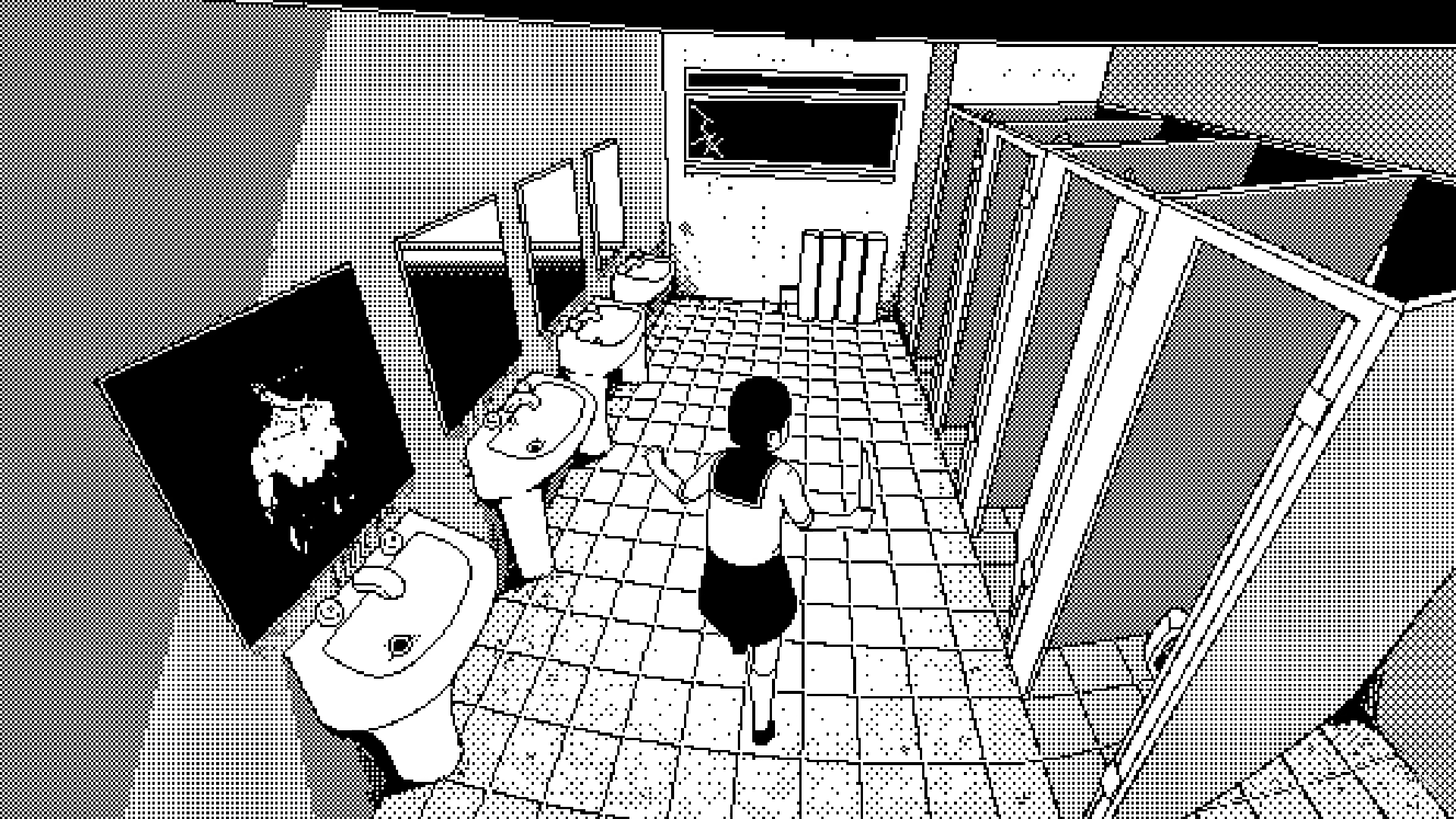
An example in the world of gaming might be the recent World of Horror indie game that replicates the visuals of a Junji Ito horror manga, complete with monochrome colors. But this retro aesthetic plays a dual role, also calling back to old PC point-and-click RPGs. In video games, nostalgia and paying homage to the past usually take a different route than black-and-white, as the change from simple 8-bit graphics to 3D was more of a technical leap than color. For this reason, modern games that are love letters to their roots usually show that love through their pixelated or polygonal art direction. This is seen in Undertale which harkens back to Earthbound, Blasphemous to Castlevania, and Ultrakill to the original Doom.
Due to this discrepancy, the use or rather disuse of color in video games can only be attributed to a stylistic decision rather than to reduce cost or for nostalgic purposes. But even as a conscious art direction, for video games, black and white usually means a specific genre that is often distinguishable by its gray exterior. Rarely are there exceptions to these instances which is quite a shame since there are more possibilities provided by the world of grayscale yet to be explored. With video games competing for more and more realistic graphics, striving for the closest possible appearance to reality, black and white is a decidedly subversive approach to that practice, one that might stand out in a sea of similar-looking near realities and uncanny valleys.
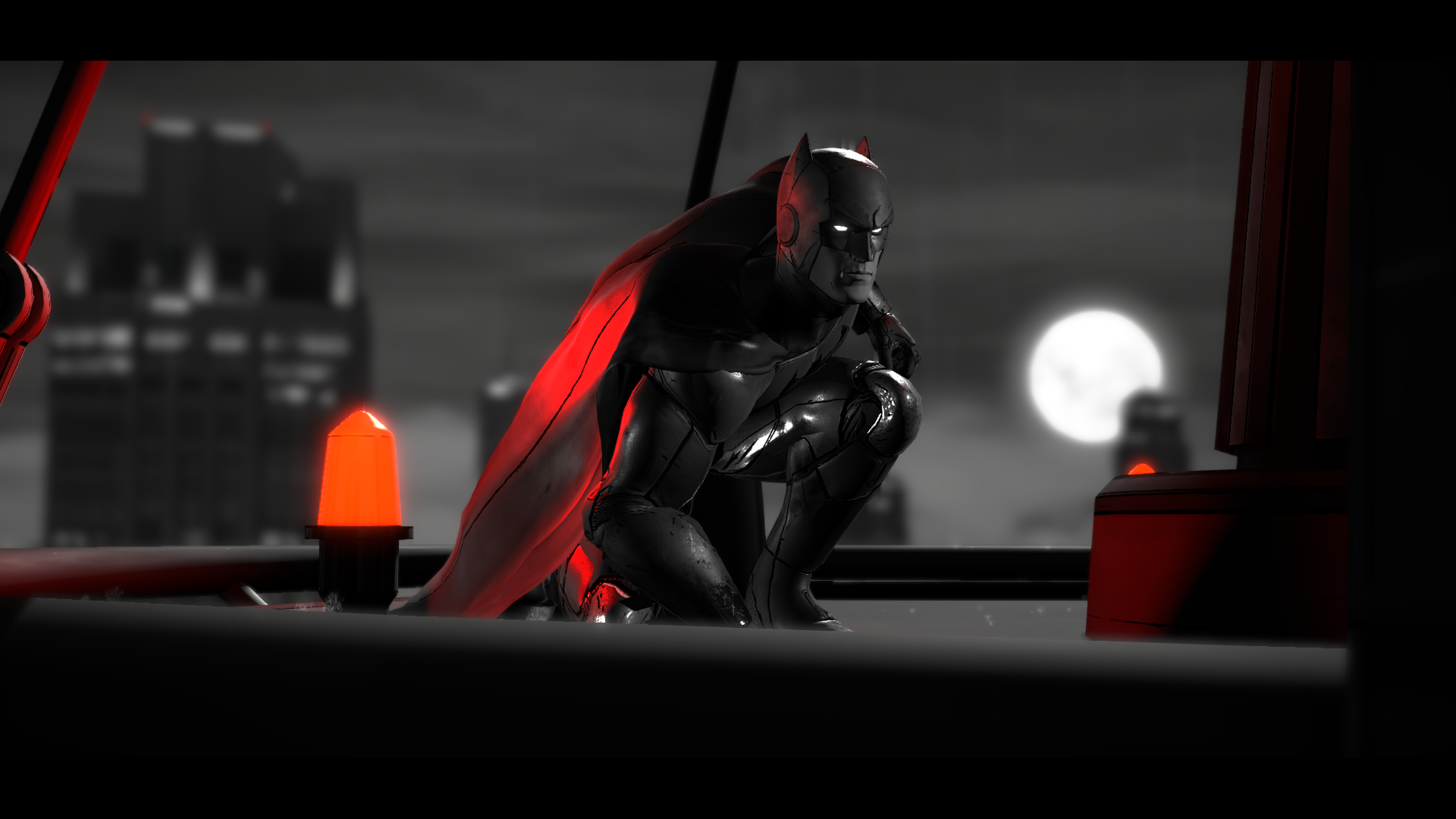
Monochrome as expressionism
In Hollywood, black and white is synonymous with pulp noir. This shorthand and association carries over to the realm of video games, with more than a couple of entries set in black-and-white due to borrowing its genre and look from old detective movies. These include the Shadows Edition of Batman: The Telltale Series, and Genesis Noir. These games not only look black and white, they feel black and white, with their fair share of femme fatales and brooding lone protagonists. Though originally released in color, the re-released version of Batman: The Telltale Series enhances the experience by erasing all the gaudy noise. This differentiates itself from all the other choose-your-own-adventure stories from the developer, creating a distinct identity that is in line with the tale it's telling. A vibrant world wouldn't make sense thematically in a city cornered by crime-filled shadows. The specific accents such as red for blood also bring to mind the Sin City films based on comics of the same name, another popular piece of noir media whose style is perfectly refashioned for this medium.
Set in the darkened world of noir, colors feel out of place, an alien invader on a cold planet. What cuts through the gray in these cases is only the warmth of blood, a muzzle flash, or a floodlight passing through the curtain blinds. Our heroes are cursed to live in the pervading hopelessness and foreboding doom of a faded-out newspaper. Even if the protagonist wins and solves the crime, the world stays colorless. Nothing really changes. Through this synergy, the visuals reflect the story and bring to life its subtextual underbelly. In monochrome, everyone is equal; the world is indifferent to its inhabitants' actions. There, night and day are just different shades of gray.
On the other side of the world, black-and-white is often attributed to Japanese mangas and classic samurai films. Famous director Akira Kurosawa arguably cemented its use as something beyond cost-cutting measures, still shooting in monochrome when most of his peers implemented color into their print. Similar to noir, the genre of samurai cinema is ripe with lone protagonists, silhouetted hard against the backdrop of fire and smoke. Video games that visibly pay tribute to this idea include Trek to Yomi and Ghost of Tsushima. Colorlessness gives these games a dreary inner texture, of a ronin's loneliness, wandering masterless and struggling for a purpose. Yet it also serves as a symbol indicating its place as a spiritual successor to another medium, acquiring a degree of prestige through relation with the old movies' visuals.
Dating further back, the precursor to film noir is German Expressionism, a prominent cinematic movement in the early 20th century. Through externalizing the subconscious and physically altering the world, German Expressionism created a subjective landscape whose mood lingers. The effects of this cinematic language could even be felt in games such as Limbo. In it, clear silhouettes and harsh shadows evoke an endless sense of unease that permeates the entire playthrough. Here, monochrome isn't just a filter, it's the entire canvas. Half of Limbo's story is told by way of its appearance, the horizontal expanse of shadow and fog symbolizing the purgatory the player walks in, devoid of details. When used properly and with clear intent, black-and-white can be used to elevate a video game, even utilizing its visuals thematically or, in some instances, mechanically to further gameplay.
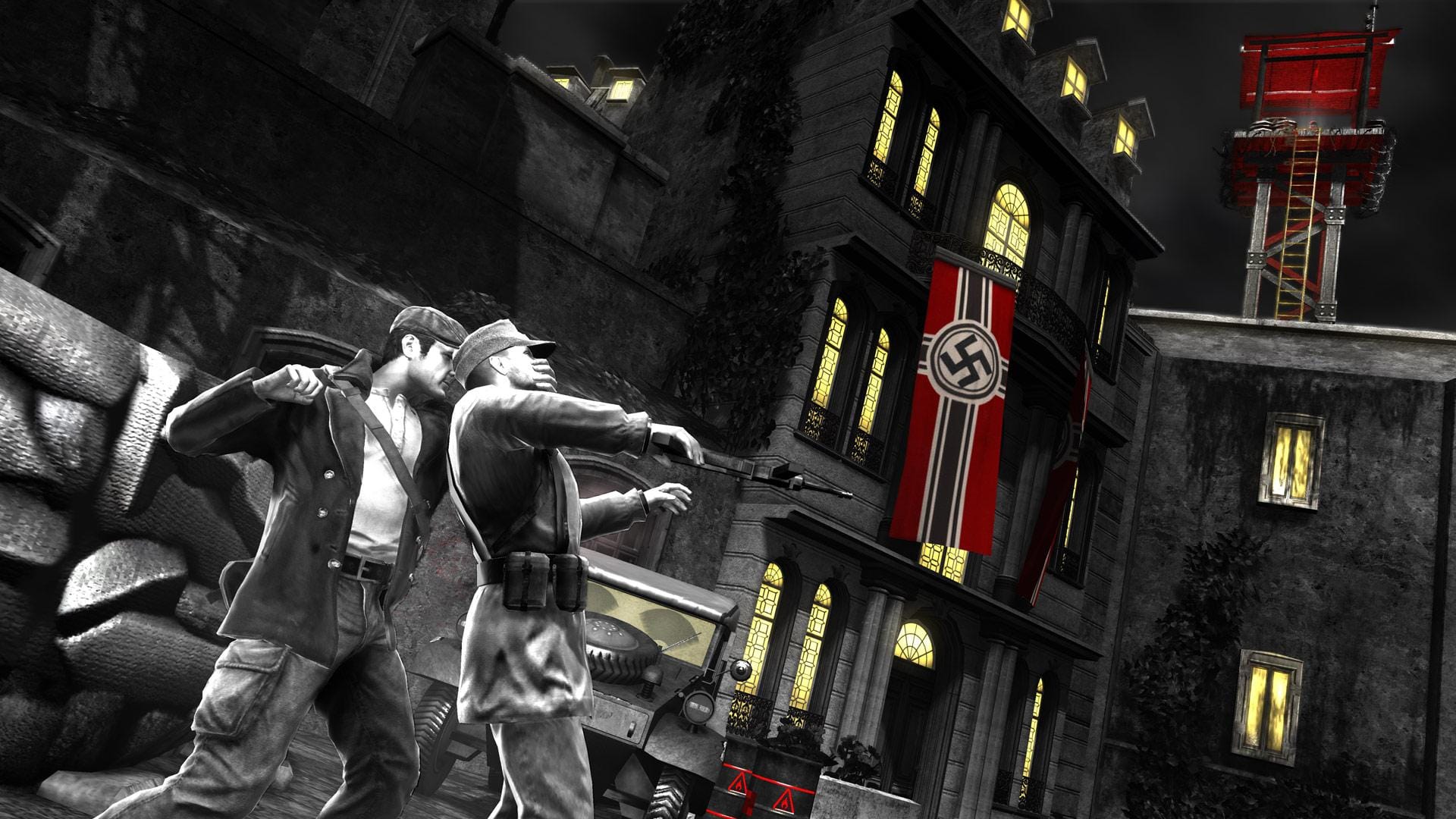
Monochrome as a mechanic
In Saboteur, an open-world third-person shooter set in Nazi-occupied Paris, the player controls a rebel that slowly liberates the city. Under the oppressive authoritarian regime, the city of love is without color. Color is only permitted on two occasions, red for Nazi flags and watchtowers–symbols of the panoptic light of tyranny–and yellow for the warm light coming out of people's windows, and the barrel of a gun. Like in any other open-world game, the player could infiltrate and conquer these Nazi outposts. The difference is that their success here is reflected by the whole spectrum of color entering the screen. Once stripped of life, the player's victories could have a tangible effect not only in the game world but also in the reality of its visuals. Now every time the player frees another outpost, another dot on a map, more color, more life is let into the world.
In Nier Automata, black-and-white is used to signify the androids' floating home base, a spotless sanctuary. This usage is similar to the original Wizard of Oz film, where the film starts in black-and-white when Dorothy is still on her Kansas farm but becomes full color when she enters the magical land of Oz. The rest of Nier Automata's world is in color like any other, but its use of color to stress the difference between the androids' home and Earth creates a palpable reaction when playing.
Limited colors are already used in games such as Mirror's Edge to identify where to go, or to signal interactable objects, so why not go further? Though often considered otherwise, black-and-white isn't taking things out or depriving players of something more complete; if designed with vision, a monochrome video game may evoke emotions in a player that are unable to be achieved with full color.
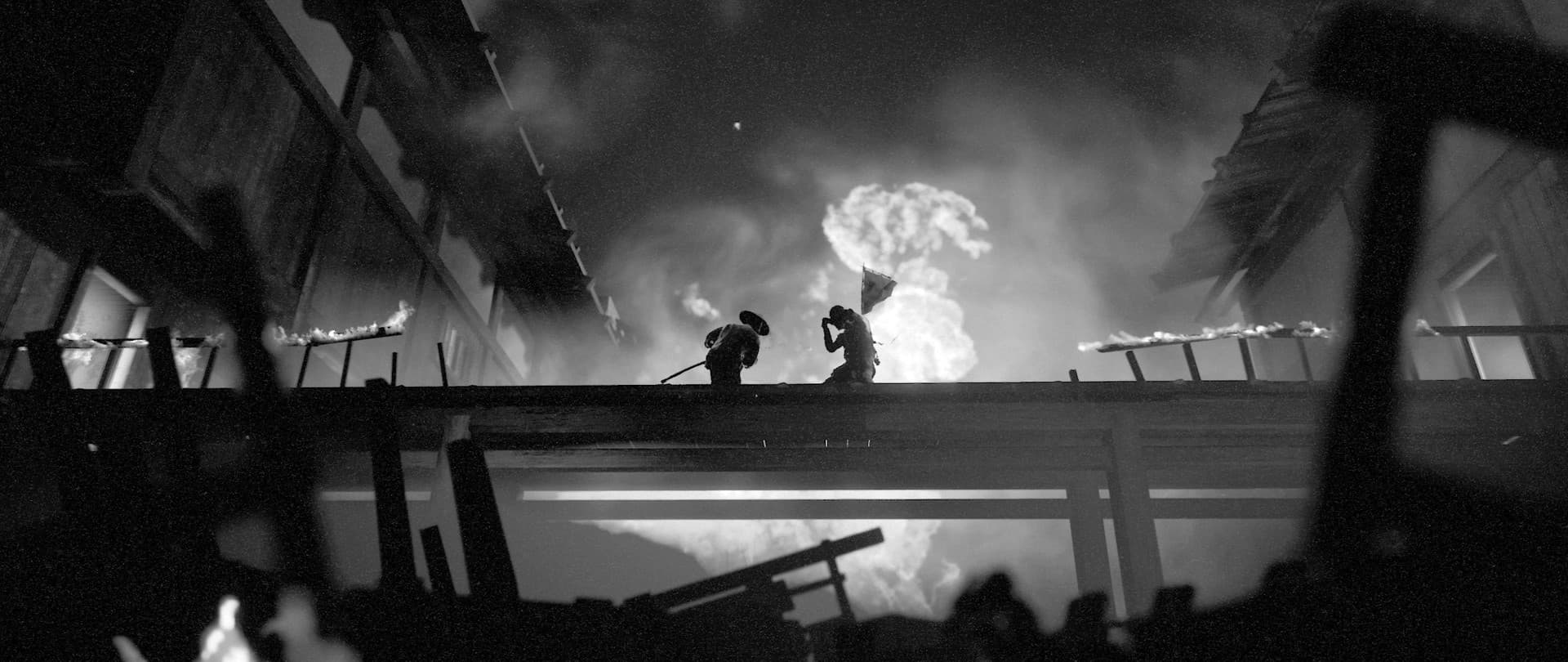
The human eye doesn't see life in black and white. Therefore, monochrome is inherently artificial, reserved for photographs or relics from the past. But paradoxically, while it exists separate from reality, black-and-white adds an authentic and timeless feel to things. There are understandable reasons why most games aren't designed with black-and-white in mind, especially big-budget AAA titles, including the risk of alienating general audiences. Game development takes an exceedingly longer time than film production, thus making sure it has the standard features that audiences expect is one of the main priorities. But what if black-and-white is seen as not a feature or a bug but the whole building block of a game, designing it from the ground up with that concept in mind?
By removing color, there's something that's added in its place. Monochrome can substitute the full range of color through extreme contrast and tonal values. A game that weaves narrative, gameplay, and expressionistic themes through black-and-white can stand both stylistically and mechanically apart from its contemporaries. Perhaps there should be more indie and big-name developers taking this aesthetic leap, not including black-and-white as an option or afterthought, but as the core of the entire endeavor. Life cannot be experienced in black and white, but maybe through the power of video games, people can try.
